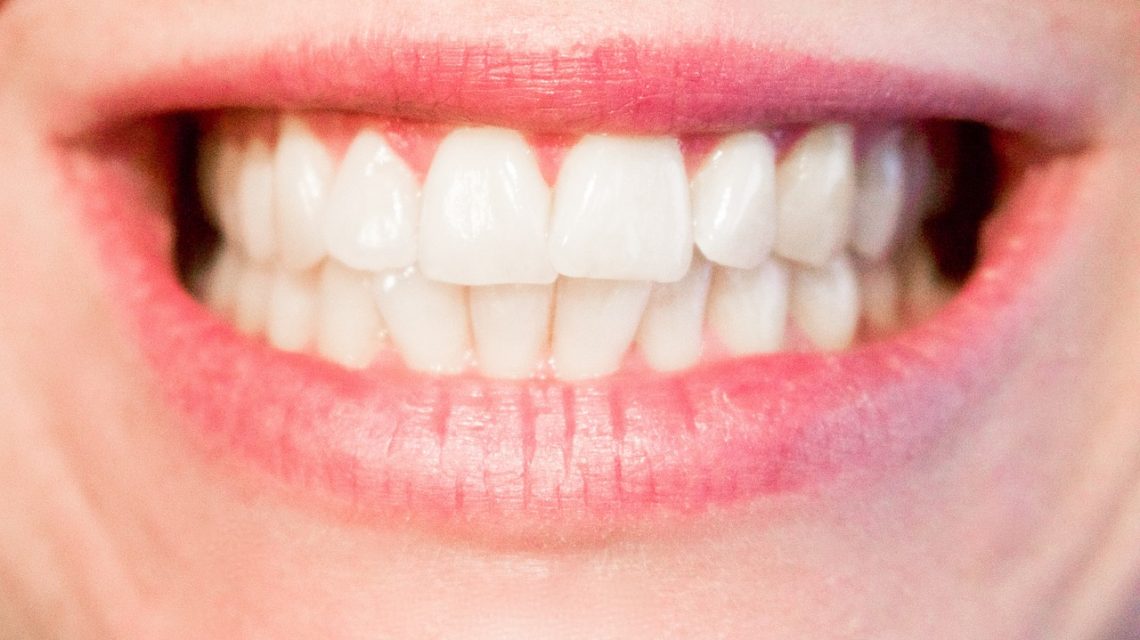In search of the ideal substitute for sugar, the world has been facing a growing interest in xylitol. Unlike other substitutes that are characterized as inadequate for being harmful to health in many ways, xylitol shows multiple benefits for human health. It is a sugar-alcoholic sweetener obtained from the birch bark, but can also be found in the fiber of some types of fruit and vegetables. It is as sweet as sugar but has as low as 9 kcal per 100g unlike white sugar, which has as much as 387 kcal per 100 g. Similarly as glucose, xylitol raises blood sugar and stimulates the work of pancreas, but not as strongly as glucose, so it may be suitable for diabetics.
The preventive effect of xylitol on the development of caries has been documented in numerous clinical studies. Its effect is reflected in the bacteriostatic effect (preventing the reproduction of bacteria) on the Streptococcus mutans, the bacterium responsible for the formation of caries. In addition, xylitol reduces the level of this bacterium in the plaque as it does not produce the energy needed for the propagation of this bacterium, leading to the death of the bacterial cell. It also disables the adhesion of these bacteria to the tooth surface and reduces the production of their acidic products that lead to enamel demineralization.
Xylitol reduces the incidence of caries by increasing salivation and increasing pH, reducing the number of cariogenic bacteria and bacteria causing periodontitis (Helicobacter pylori), reduces plaque levels and its adhesiveness to dental tissue, gum inflammation, and tooth erosion.
Human body tolerates xylitol generally well, although its absorption in the small intestine is very slow. Large amounts of xylitol can cause diarrhea, which means that it should be taken in a specified dose in order to avoid digestive problems. The amounts of xylitol needed to reduce the bacteria responsible for the formation of caries to a minimum are 5-6 g per day divided into three or more doses.
The most common way of taking xylitol is the consumption of chewing gums. Such chewing gums are more expensive than those with sugar or other sweeteners. They must have xylitol first indicated in the declaration, which means that its content exceeds 30%. In addition to high concentrations of xylitol, premium brands of chewing gums have other natural ingredients. If it is represented in a small quantity, it is listed in the middle or at the end of the declaration.
Why hasn’t xylitol been applied more widely then?
Because of its high price. It is more expensive compared to other sweeteners and fluorine that has long been used in dentistry to prevent caries.
Note:
The information provided should not encourage patients to think that can eliminate teeth brushing if they consume xylitol in any form. Cleaning teeth with a brush and paste in the morning before meals and before bedtime is the most effective way of preventing caries and periodontitis, and all other chewing and mouthwashing agents are considered only additional help.
Source:
Akerblom HK, Koivukangas T, Puukka R. The tolerance of increasing amounts of dietary xylitol in children. International Journal for Vitamin and Nutrition Research 1982;22:53–66. 2. Alaluusua S, Kleemola E, Gronros L, Eva¨lahti M.
Salivary caries-related tests as predictors of future caries increment in teenagers: a three-years longitudinal study. Oral Microbiology and Immunology 1990;5:77–81. 3. Autio JT.
Effect of xylitol chewing gum on salivary Streptococcus mutans in preschool children. ASDC Journal of Dentistry for Children 2002;69:81–6. 4. Beighton D.
The value of salivary bacterial counts in the prediction of caries activity. Journal of Dental Research 1982;68:1242–6. 5. Gavish A, Halachmi M, Winocur E, Gazit E.
Oral habits and their association with signs and symptoms of temporomandibular disorders in adolescent girls. Journal of Oral Rehabilitation 2000;27:22–32.)
The effect of xylitol on dental caries and oral flora; Prathibha Anand Nayak,1 Ullal Anand Nayak,2 and Vishal Khandelwal3.. Clin Cosmet Investig Dent. 2014; 6: 89–94.


